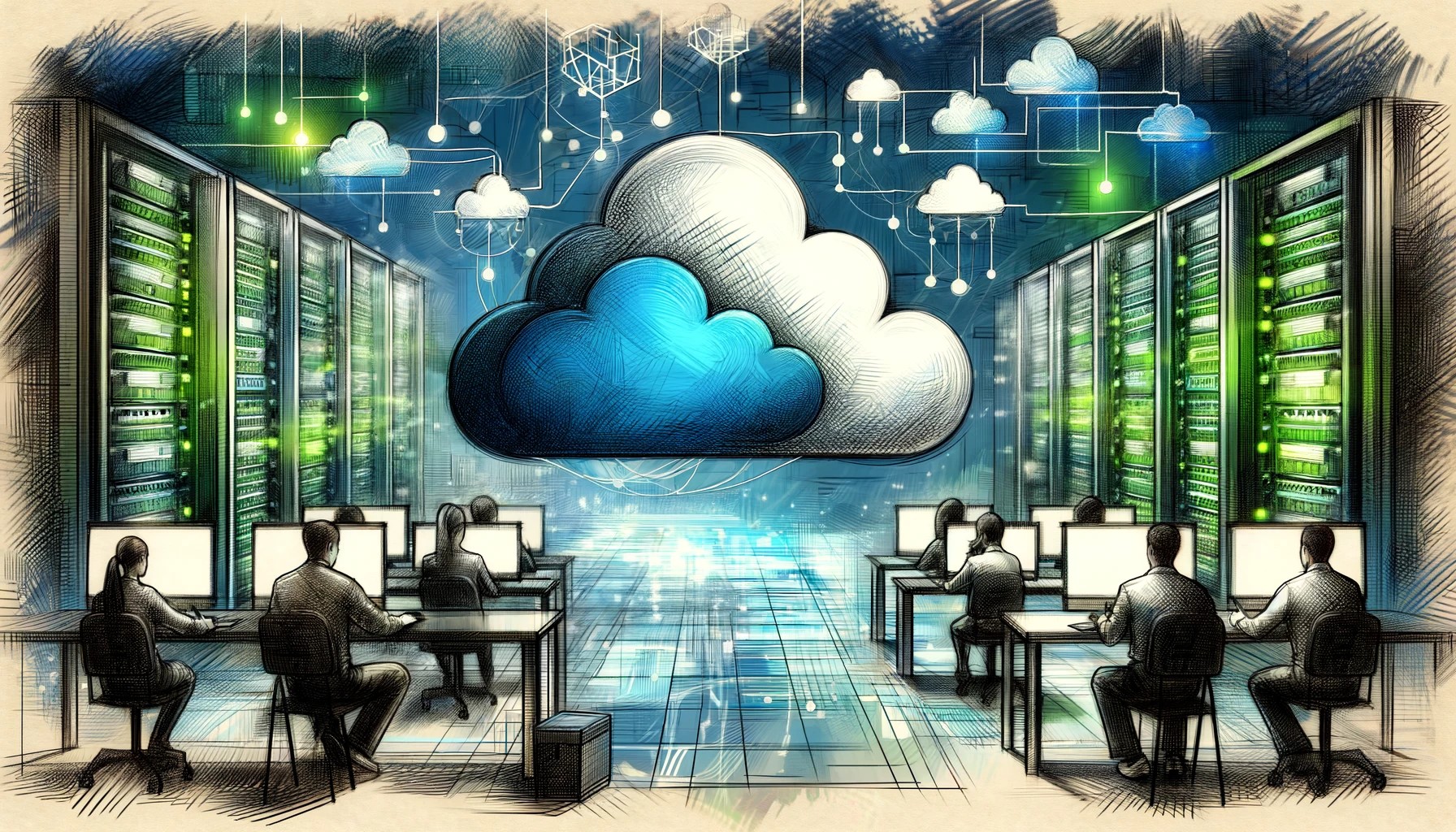Google Cloud Learning Path for 2024
Google Cloud Platform (GCP) offers a wide range of cloud computing services. Here’s a structured learning path to master Google Cloud in 2024:
1. Introduction to Cloud Computing
- Understanding Cloud Computing:
- Basics of cloud computing.
- Types of cloud services: IaaS, PaaS, SaaS.
- Cloud deployment models: Public, Private, Hybrid.
2. Getting Started with Google Cloud
- Introduction to GCP:
- Overview of Google Cloud Platform.
- Google Cloud global infrastructure.
- Creating a free GCP account.
- Google Cloud Console:
- Navigating the Google Cloud Console.
- Understanding Google Cloud Resource Hierarchy (projects, folders, and organizations).
3. Core GCP Services
- Compute Services:
- Google Compute Engine (VMs).
- Google Kubernetes Engine (GKE).
- App Engine (standard and flexible environments).
- Cloud Functions (serverless computing).
- Storage Services:
- Google Cloud Storage.
- Persistent Disks and Filestore.
- Networking Services:
- Virtual Private Cloud (VPC).
- Cloud Load Balancing.
- Cloud CDN (Content Delivery Network).
4. Data and Databases
- Google Cloud SQL:
- Managing relational databases.
- Cloud Spanner:
- Globally distributed relational database.
- BigQuery:
- Fully managed data warehouse for analytics.
- Firestore:
- NoSQL document database.
5. Identity and Access Management
- Cloud Identity and Access Management (IAM):
- Managing users, roles, and permissions.
- Understanding IAM policies and service accounts.
- Cloud Identity:
- Managing user identities and access.
6. Security and Compliance
- Cloud Security:
- Security best practices.
- Key Management Service (KMS):
- Managing cryptographic keys.
- Cloud Audit Logs:
- Monitoring and auditing activities in your GCP environment.
7. DevOps and Continuous Integration/Continuous Deployment (CI/CD)
- Cloud Build:
- Building, testing, and deploying applications.
- Container Registry:
- Storing and managing Docker container images.
- Cloud Source Repositories:
- Private Git repositories hosted on GCP.
8. Machine Learning and AI
- AI and Machine Learning Services:
- Using pre-trained models with AI Platform.
- Building custom models with AI Platform Training.
- Big Data Processing:
- Using Dataflow for stream and batch processing.
- Using Dataproc for managed Spark and Hadoop clusters.
9. Monitoring and Logging
- Operations Suite (formerly Stackdriver):
- Monitoring: Metrics, dashboards, and alerts.
- Logging: Collecting, storing, and analyzing logs.
- Error Reporting and Debugging:
- Monitoring errors and debugging applications.
10. Cost Management and Optimization
- Understanding GCP Pricing:
- Monitoring and controlling costs.
- Cost Management Tools:
- Using cost estimation and optimization tools.
11. Specialized GCP Services
- Internet of Things (IoT):
- Using IoT Core for managing IoT devices.
- APIs and Service Management:
- Using API Gateway and Apigee for API management.
- Hybrid and Multi-Cloud:
- Using Anthos for hybrid and multi-cloud management.
12. Certifications and Exam Preparation
- Associate Cloud Engineer:
- Basic understanding and management of GCP resources.
- Professional Cloud Architect:
- Designing and managing robust, secure, scalable, and dynamic solutions.
- Professional Data Engineer:
- Designing and building data processing systems.
- Specialty Certifications:
- Focused certifications like Security Engineer, Network Engineer, Machine Learning Engineer, etc.
Resources
- Official Documentation: Google Cloud Documentation
- Books:
- “Google Cloud Platform for Developers” by Ted Hunter and Steven Porter.
- “Cloud Native Architectures: Design high-availability and cost-effective applications for the cloud” by Tom Laszewski, Kamal Arora, Erik Farr, and Piyum Zonooz.
- Practice Labs:
- Use platforms like Qwiklabs, Google Cloud Skills Boost for hands-on practice.
By following this learning path, you will gain a thorough understanding of Google Cloud Platform and be well-prepared to leverage its services for various cloud computing needs in 2024 and beyond.
Course Content
About Instructor
Login
Accessing this course requires a login. Please enter your credentials below!


